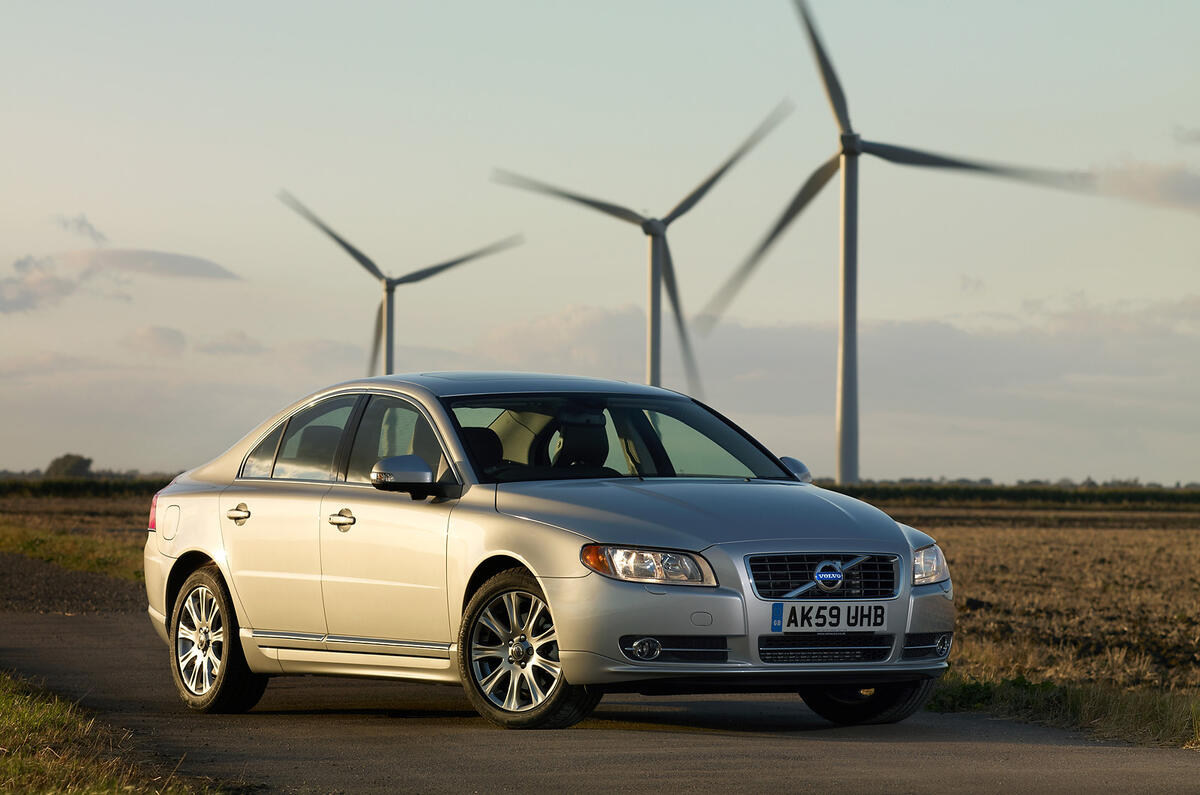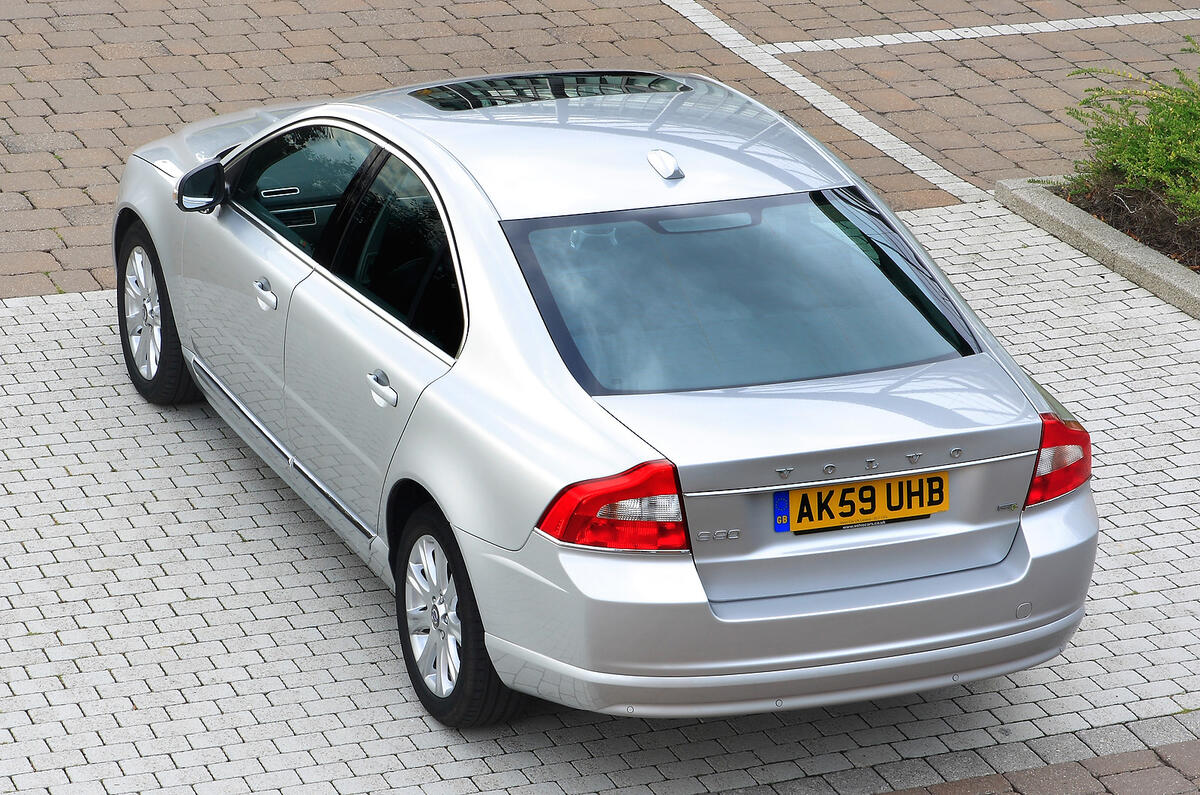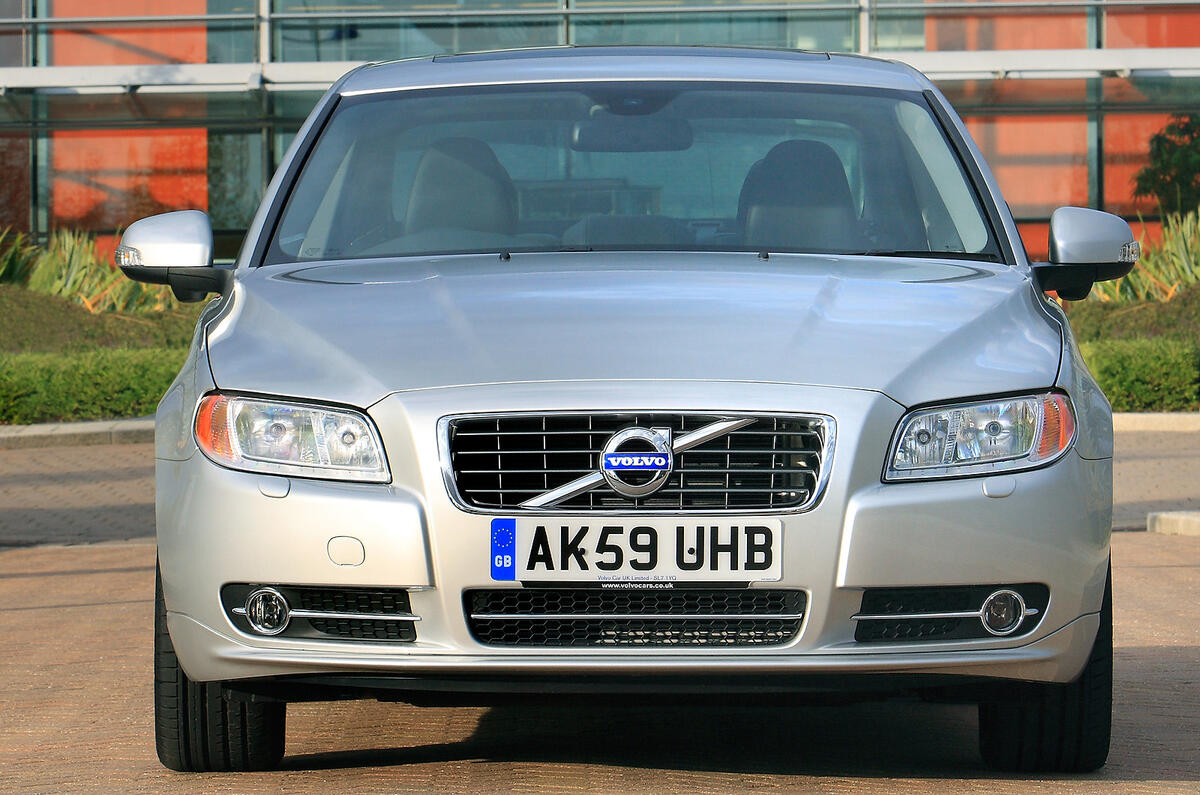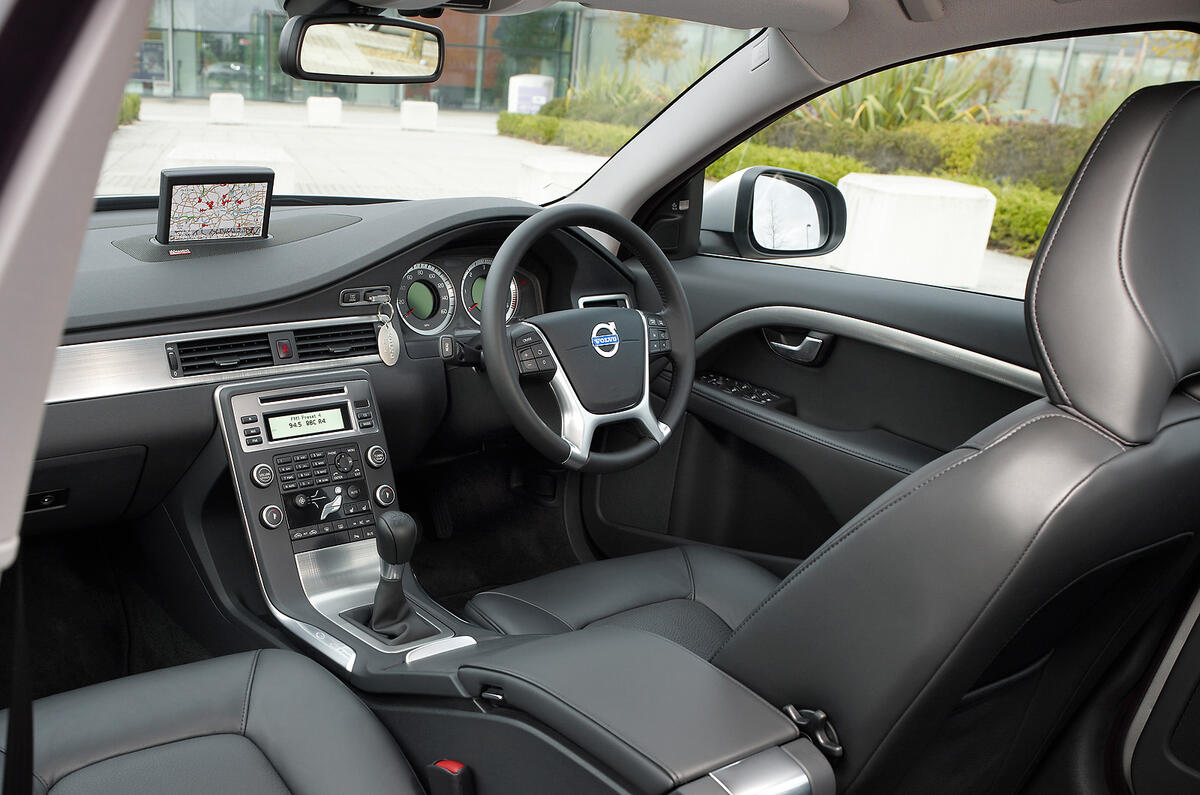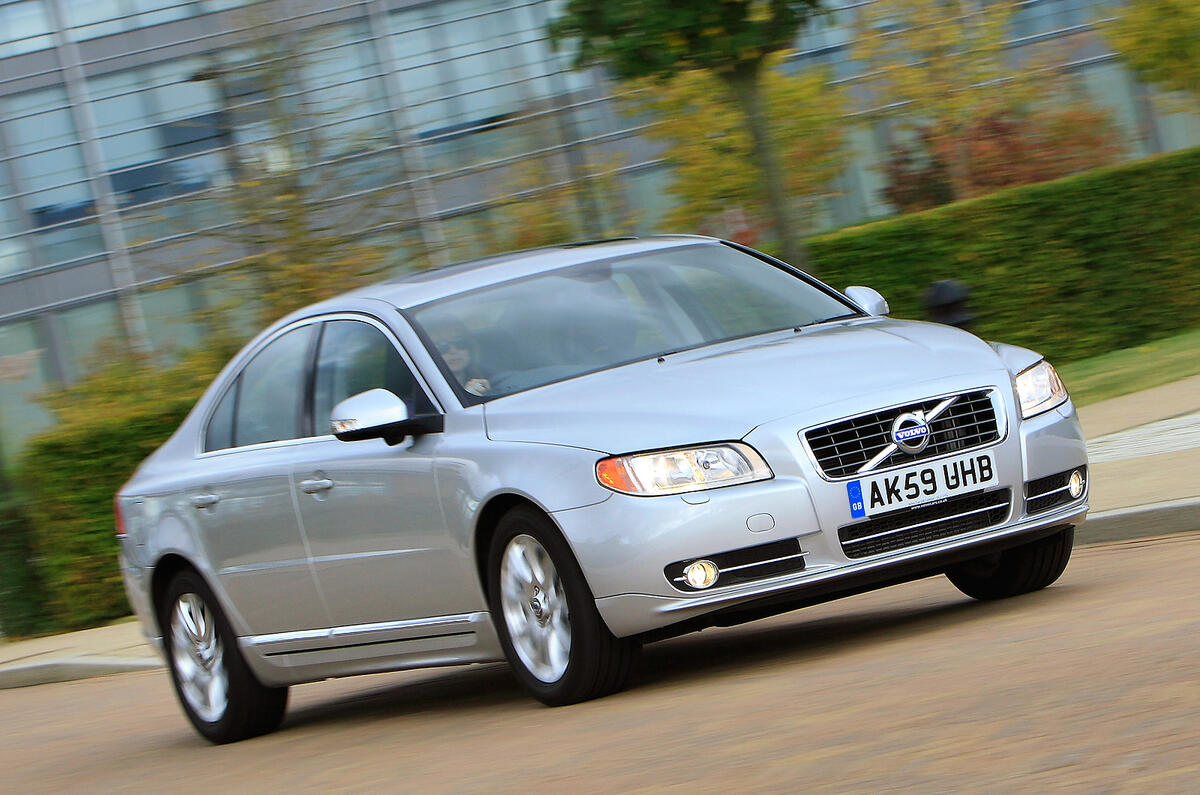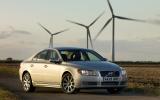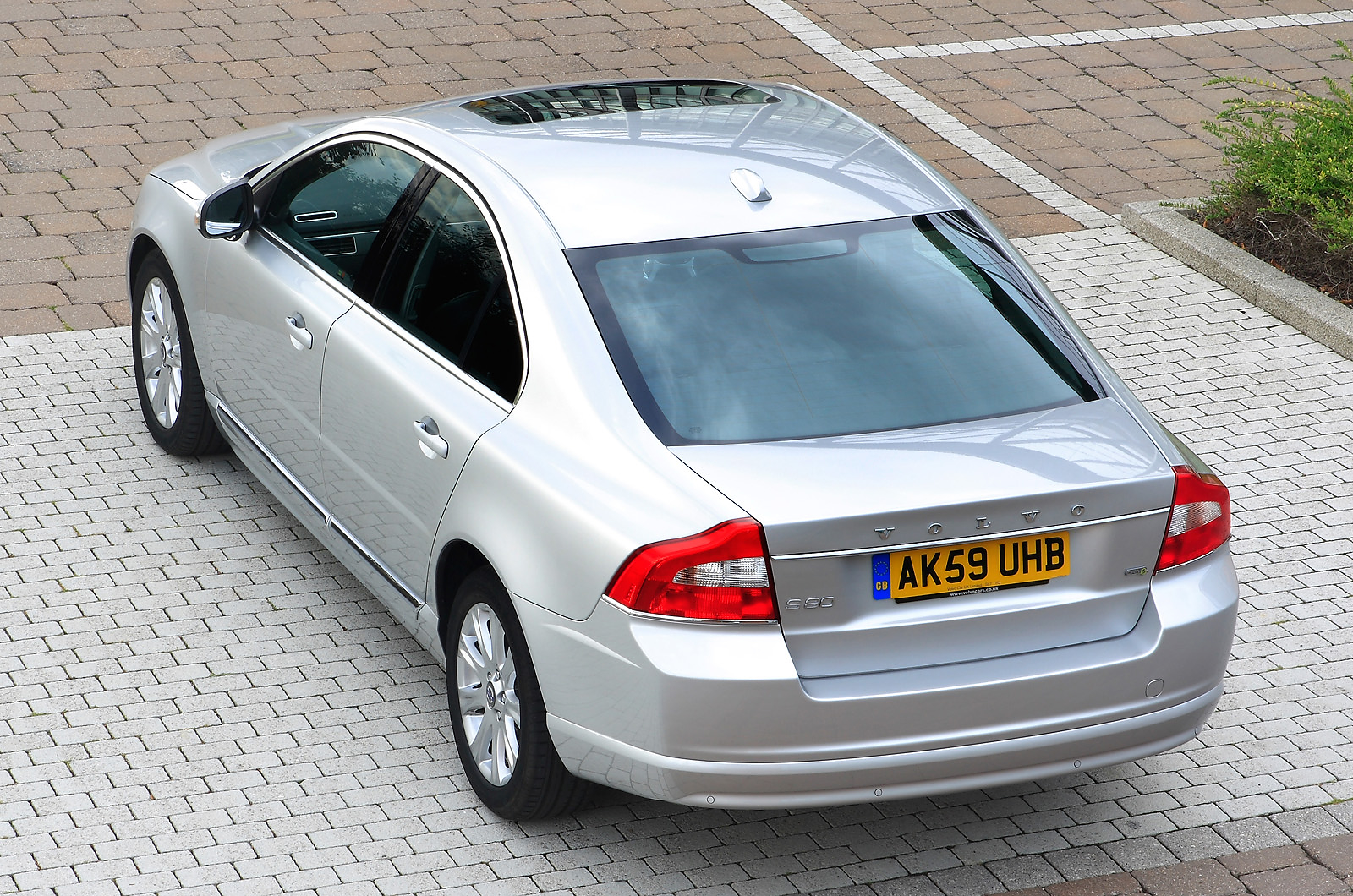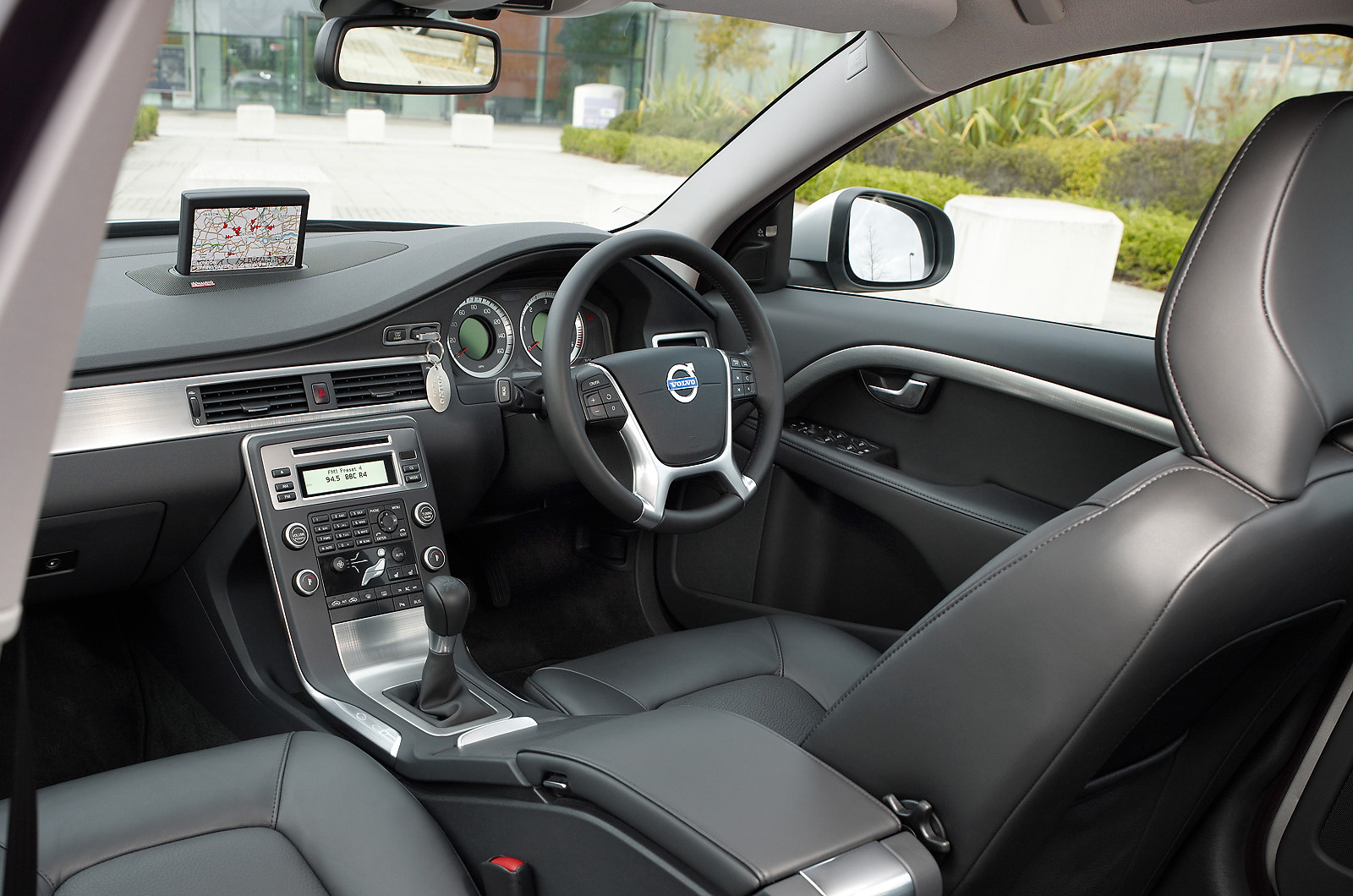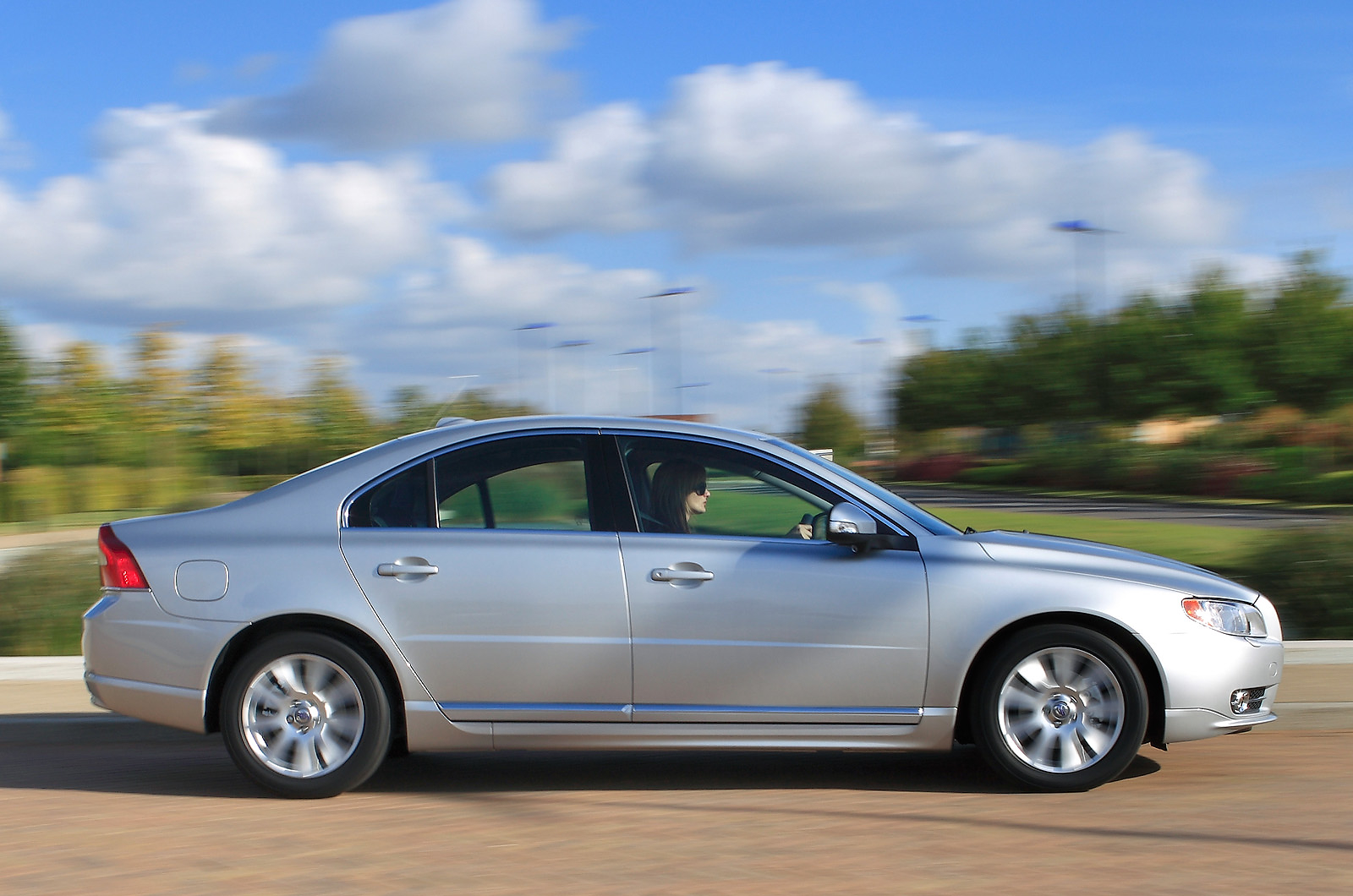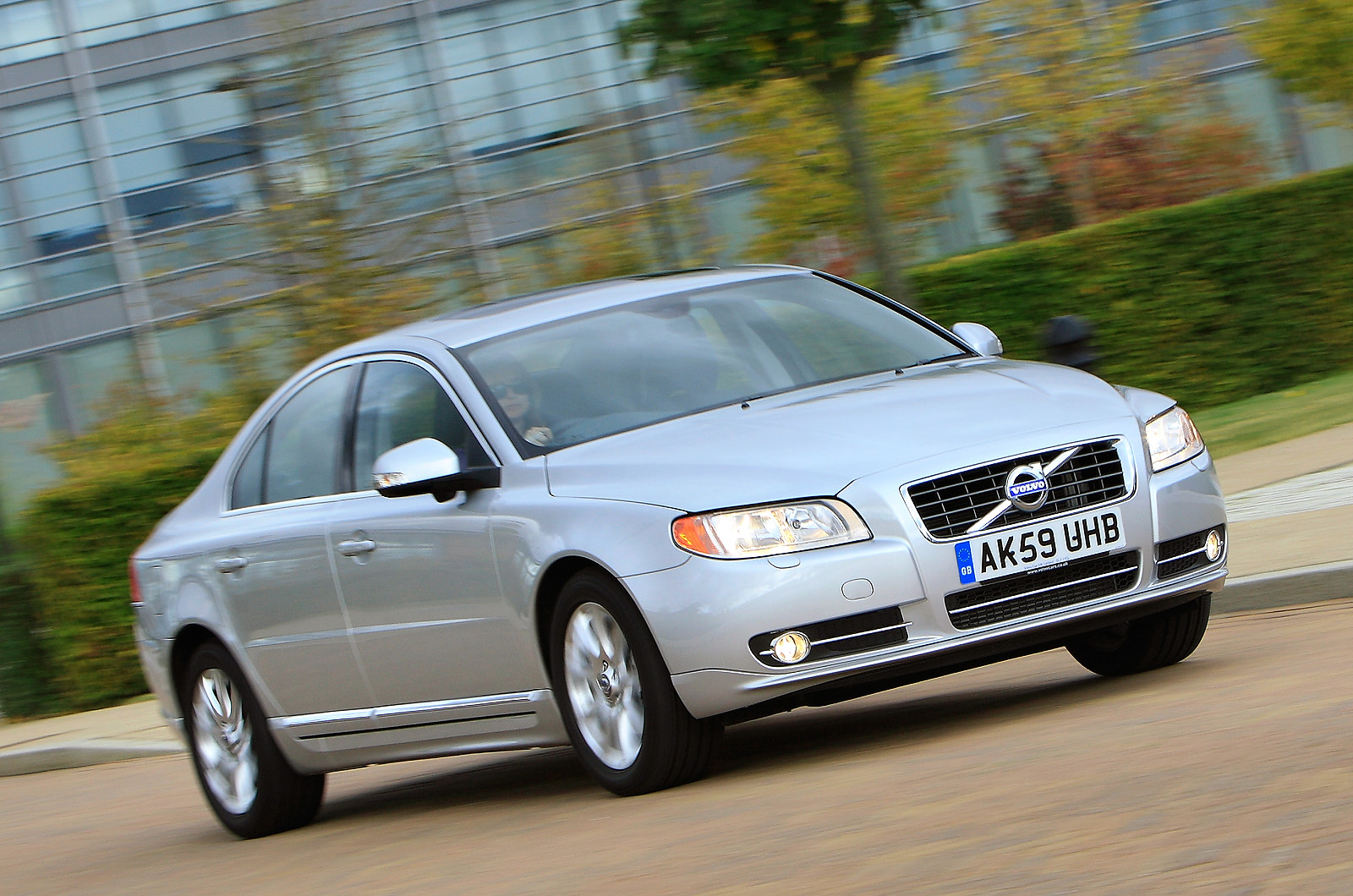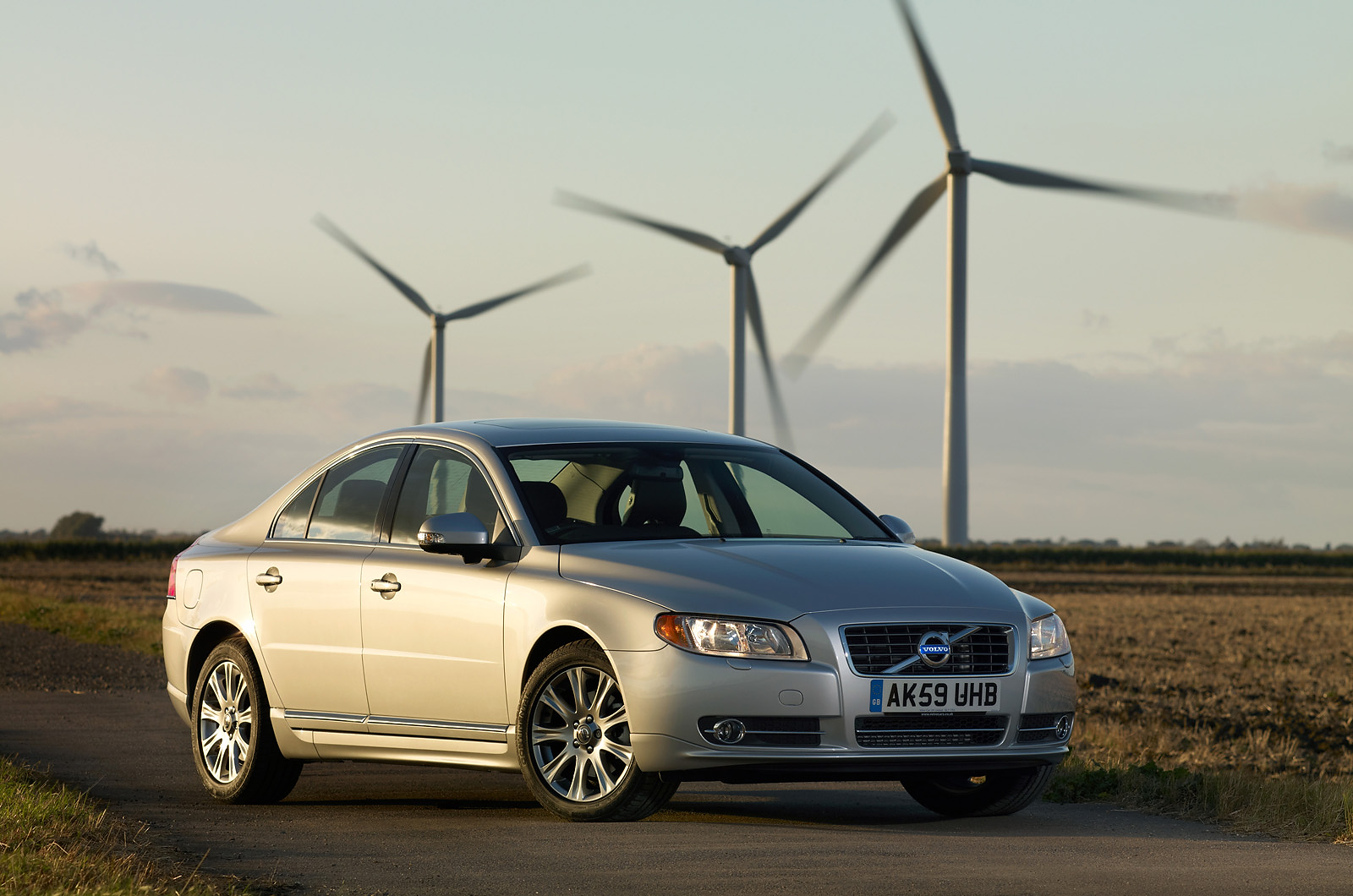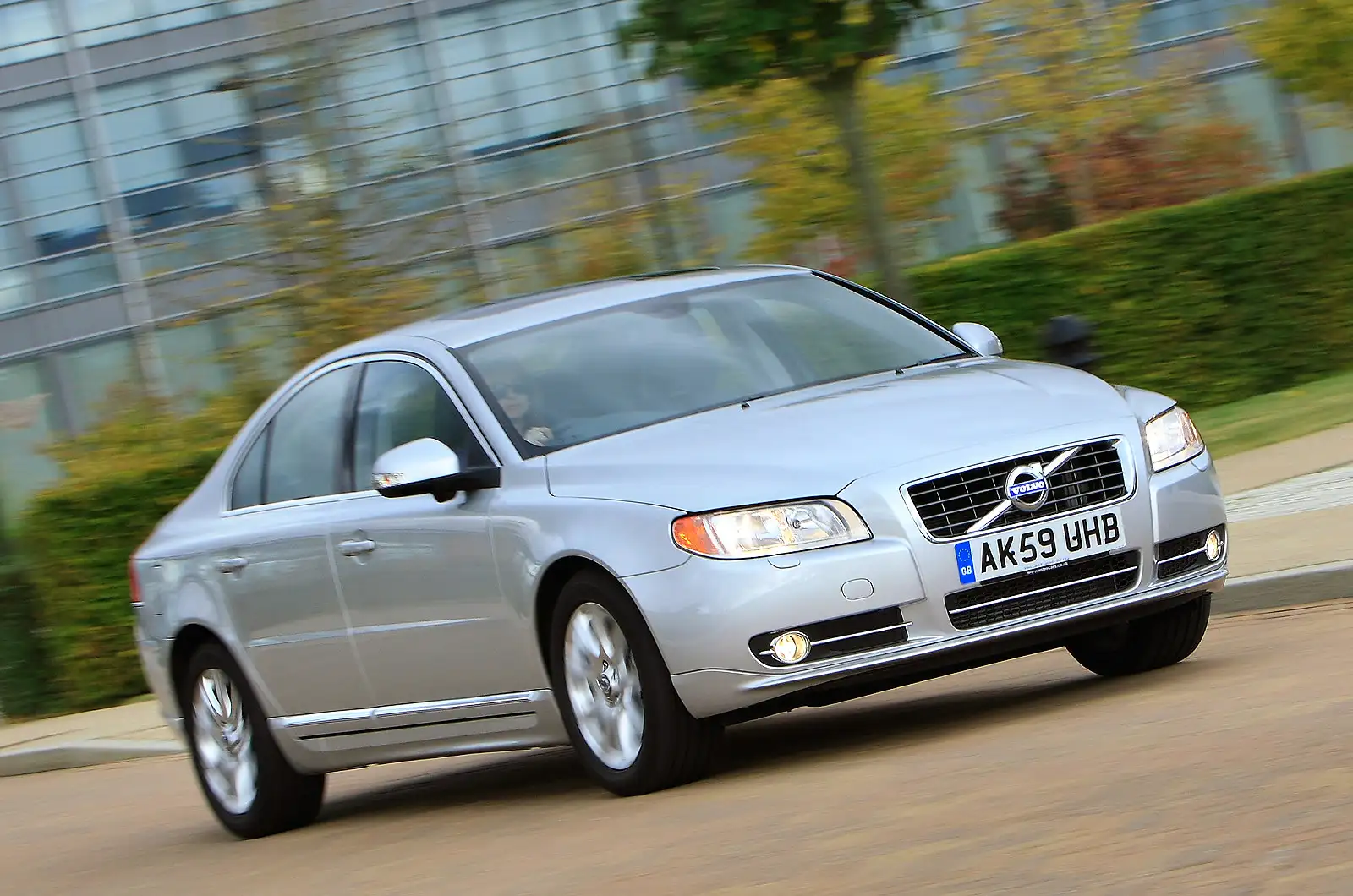Sometimes, different is enough. There are those who want an executive car but don’t want a BMW 5 Series, Audi A6 or Mercedes-Benz E-Class. So they opt for a Volvo S80 (now Volvo S90), a Jaguar XF, or a Lexus GS. Sometimes those cars are excellent, sometimes they’re not. But they are different.
The old Volvo S80 was good enough, in its own way. Its cabin was airy, spacious and light – almost Ikea-like – and offered just about the highest levels of comfort in the business. If you wanted dynamism, though, you’d be disappointed.
Evidently Volvo was happy with the image the original S80 purveyed, because it kept this generation looking very similar. Peter Horbury was behind the designs of both cars, as well as the Volvo ECC concept of 1992, the styling of which the S80 continues to draw heavily from.
Volvo reckons the dimensions give the big saloon a more imposing stance and greater presence. See old and new S80s side by side and you almost believe it’s true. And this is a neatly designed, attractive car. But alone, the new S80 barely registers the interest of passers-by. When Volvo created the Volvo S90, it was a big departure from the understated, demure look of the S80 for a more elegant and striking looking saloon and estate.
It’s necessary to view the Volvo S80 with a sense of proportion. This car is never going to be an Autocar driver’s favourite. But it could make a case for business drivers who rarely leave the motorway because they need to get where they are going.



